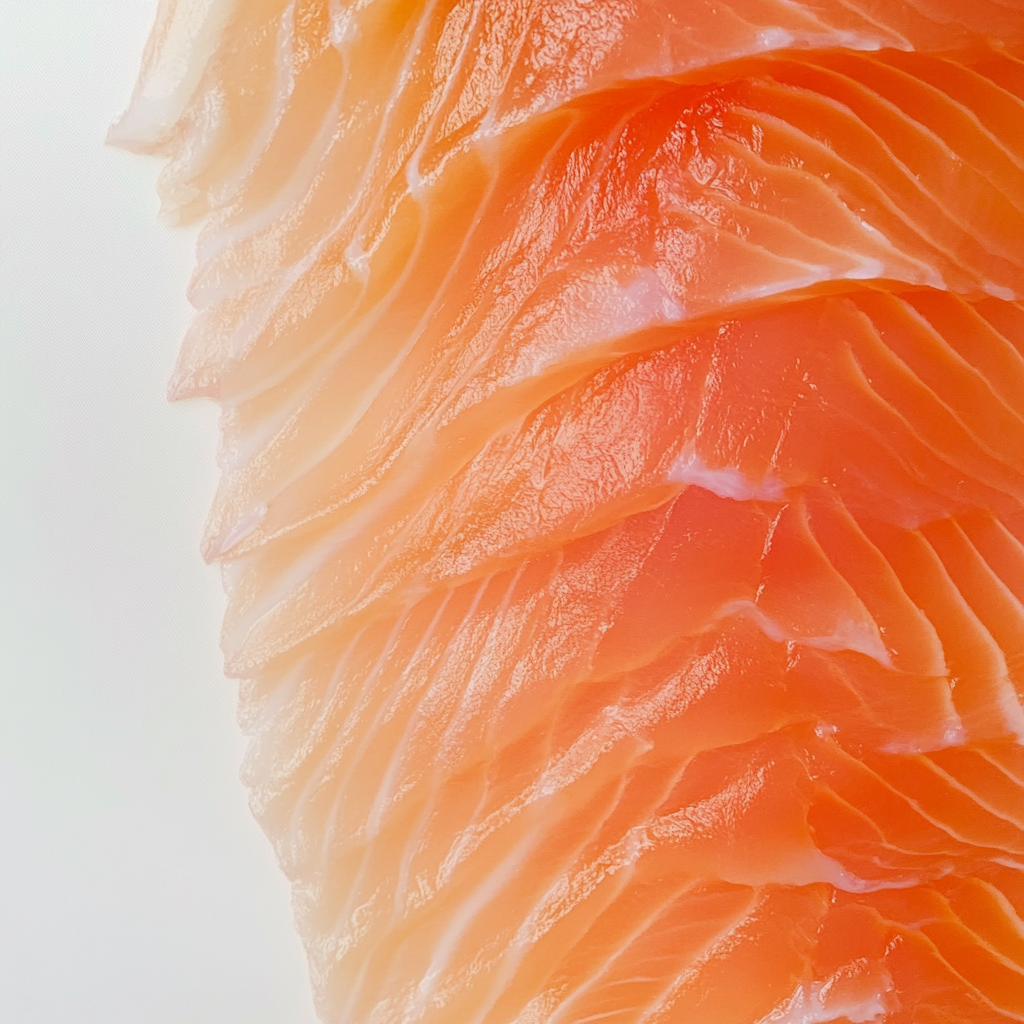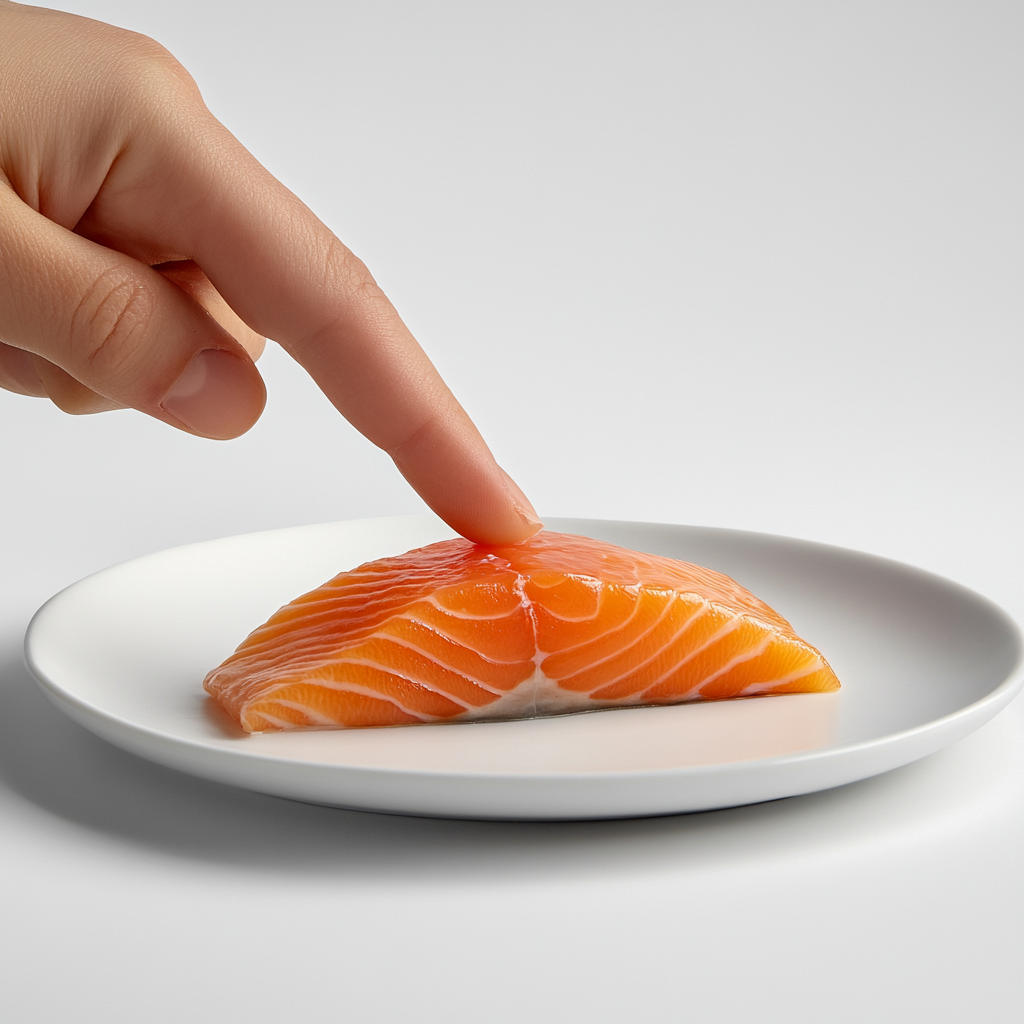Shopping for fresh salmon can be tricky, even for experienced cooks. With prices ranging from $15 to $25 per pound, choosing the wrong filet means wasting both money and a potentially excellent meal. Knowing the warning signs of poor quality salmon helps you make smart decisions at the seafood counter.
Discoloration and dark spots signal spoilage

Fresh salmon should display a vibrant, consistent color throughout the filet. Dark spots or discoloration indicate bacterial growth and spoilage. Watch for brown or black patches, which mean the fish has begun to oxidize.
White, filmy residue on the surface suggests the presence of harmful bacteria. If you notice any patches that look different from the surrounding flesh, move on to another option.
Avoid filets with strong ammonia or fishy odors
The aroma of fresh salmon should be mild and reminiscent of the ocean. Strong fishy, sour, or ammonia-like smells indicate the fish has begun to spoil.
Trust your nose – if something seems off about the smell, it probably is. Bacteria producing these odors can cause food poisoning, and cooking won’t eliminate the toxins they create.
Mushy texture means mishandled fish

Fresh salmon should feel firm and spring back when gently pressed. If the flesh feels mushy or leaves an indentation, the fish has likely been improperly stored or handled.
Avoid filets that appear to be falling apart or have a slimy coating. These textures indicate bacterial growth and temperature abuse during storage or transport.
Watch for unnaturally bright colors
Wild salmon ranges from deep red to orange, while farmed varieties tend toward lighter pink hues. Artificially bright or fluorescent colors may indicate dye additives.
Natural variations in color are normal, but extreme or unnatural-looking shades should raise concerns about quality and authenticity.
Freezer burn ruins texture and taste

White, dried-out patches on frozen salmon indicate freezer burn. This damage occurs when fish isn’t properly wrapped before freezing, leading to moisture loss and textural changes.
Check frozen filets carefully for signs of dehydration or ice crystal formation. These indicators suggest poor quality control during storage.
Gap between flesh layers indicates poor handling
Fresh salmon should have tightly connected muscle fibers. Gaps or separation between layers suggest the fish was mishandled or has begun to deteriorate.
This separation, known as “gaping,” often occurs when fish is roughly handled or stored at improper temperatures. Such damage can affect both texture and cooking results.
Out-of-season wild salmon raises questions
Wild salmon has specific seasonal availability, typically from mid-May through September. “Wild-caught” salmon offered outside these months warrants skepticism about authenticity.
While frozen wild salmon is available year-round, fresh wild-caught claims during off-seasons may indicate mislabeling.
Understanding these warning signs helps ensure you get high-quality salmon worth your money. Remember that proper storage at home matters too – use fresh salmon within two days of purchase or freeze it immediately. When in doubt about a filet’s quality, choosing a different option is always better than risking disappointment or foodborne illness.


